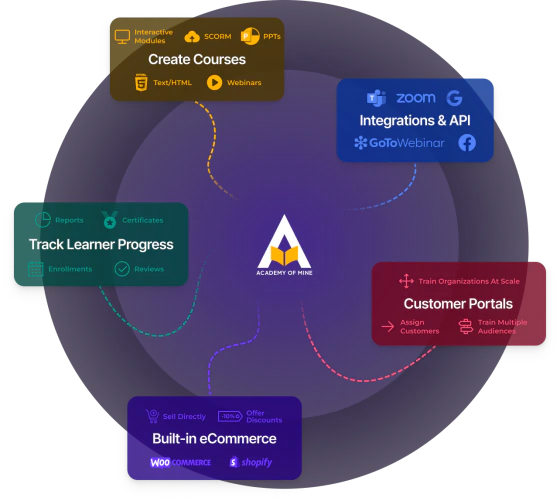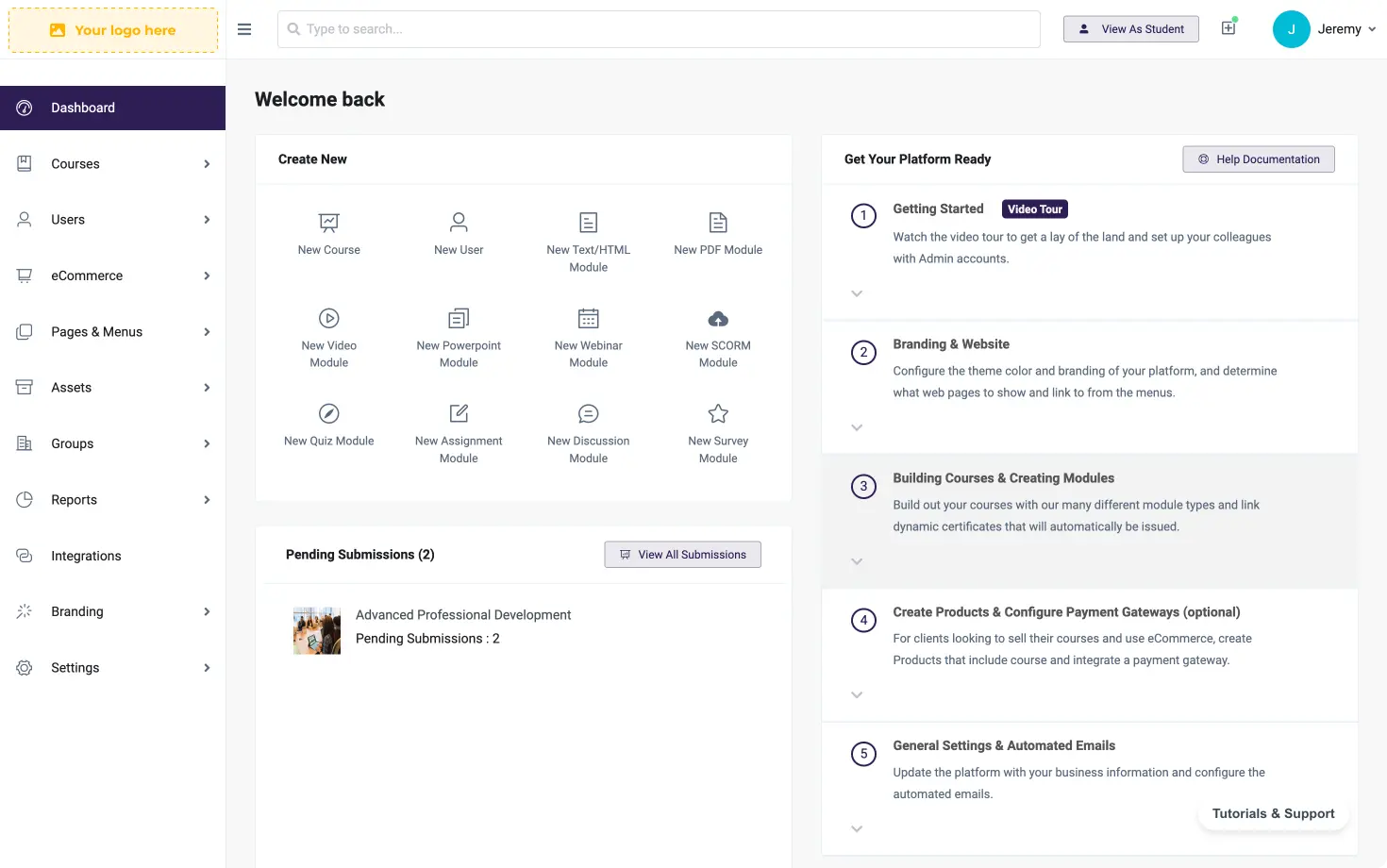Business Management
The 5 Most Common Remote Training Mistakes Most Companies Make & How To Prevent Them

Whether because of Covid-19, a desire to compete on the quality of your customer service, or a simple realization of the cost-benefits of eLearning training, you’ve decided to pivot to remote training for your staff. This is an excellent decision that will reap long-term benefits for your organization, so long as you avoid the following common mistakes.
Mistake 1– Treating Employee Training Like A Chore Instead of an Opportunity
Imagine the collective groan a classroom makes when a quiz is announced. Does your team make that same sound when a new company policy is scheduled to be implemented, or when they’re asked to onboard a new hire? If so, it’s not their fault: it is an opportunity for your company’s leadership to work on changing the mindset and company culture.
It’s not hard to understand why the average employee is dismayed by the thought of more training; it often feels like it is getting in the way of real work, just something that needs to be done to keep bureaucrats happy and boxes checked. However, this thinking can be shifted by a strong leader or leadership team who focuses on presenting training as an opportunity for improvement, growth, and continued excellence.
For remote training to be effective, there needs to be buy-in at the highest levels of the company, and those leaders need to show their excitement and enthusiasm for the benefits of the online training. And if the leaders are not enthused by the training, that likely means it should be reevaluated.
2. Expecting An Employee To Have A Perfect Attention Span
Assuming a 4 hour lesson in person directly translates into a 4 hour remote training is a recipe for a bored, unengaged training session. Remote training offers myriad benefits, from reduced costs to boosted levels of retention. Where it can fall short, however, is in its duration and presentation.
Keeping an employee engaged can be easier in person, when their five senses are activated and they are getting stimulation from other people, which is why lectures and longer lesson styles work in traditional education. With remote learning though, it becomes necessary to engage the learner in short bursts, and then to give them a break. Translating training from in person to remote requires more than the copy and paste function, it needs to be done seriously and carefully. A well built Learning Management System can help with this, as can a well-designed lesson plan.
3. Training That Lacks Personality & Company Culture
Oversimplifying remote training to increase attention span is another issue commonly encountered by instructors just starting out. The issue with this well-intentioned path is that it can remove the spice and vitality of your company from the messaging. Remote connections between employees can be more difficult to achieve, but they are no less vital.
A good test as to whether this is the case is to imagine another company, a competitor, using the training. If they would only have to change the company name and little else, then your remote training content is likely too bland. Even though it is remote, try to include jokes, references to company culture that a long-time staff would know and appreciate. Remote training should not be boring or bland, and adding a dash of personality to your slides and training videos is a great way to move it from “boring” to “engaging.”
4. Not Using Training As A Chance To Get Feedback
Remote training provides an opportunity to gather data and get feedback about the training process. This feedback is invaluable, as it can highlight both the areas that need a tune-up and the ones that are most effective and exciting.
Remote training implies that it is digital (unless everything is being done by phone or fax, for some reason) and digital training allows the collection of data. This data can be collected through a variety of means, like surveys, screen observation, studying the duration it takes someone to complete a learning module, or digital quizzes and tests that are administered online.
Feedback on the remote training you are administering is vital to the continued growth and success of the program. One of the benefits of remote training is that it is relatively easy to iterate and adapt it based on new information. Don’t let this benefit fall to the wayside, gather feedback and implement it!
5. Sticking to Just One Type of Media Instead of Mixing It Up
Remote training is virtually always done digitally, and a primary benefit of a digital training system is the variety of media that can be used to instruct and train. Everything from pictures, infographics, videos, audio recordings, interactive animations, and even games can be used to train and teach. Treating remote training like a presentation in person and only using powerpoints and paper printouts is a surefire way to reduce the engagement your trainees feel.
Imagine going to a movie and the previews only being a static photo of a movie poster with a voice over, or a scene from a new film without any audio. It would be silly, and you might even think something is broken! Not utilizing the full extent of the medium you are using to train is equally wasteful. Take advantage of the digital medium (assuming you are using an LMS that can handle the customization you want to implement. If you aren’t, it might be time to switch.)
Successful Remote Training Requires Investment From Company Leadership, Multimedia Content & Personality
Building a successful remote training course isn’t as simple as taking your typical presentations and making a PowerPoint out of them. To fully benefit from the advantages remote training brings your organization, get the managers and C-suite members excited about the training’s benefits, make content that uses the digital medium to its maximum effectiveness, and be sure to include your company’s unique personality and culture in the training. You’ll be glad you did.

